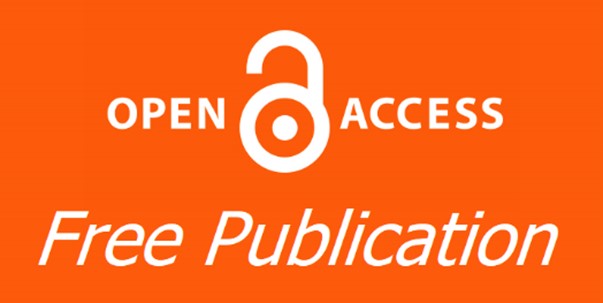Document Type
Original Study
Abstract
Purpose: Assessment of the antibacterial impact of liquid essence of Saffron on Streptococcus mutans count in saliva and comparing its effect with Chlorhexidine mouthwash. Materials and Methods: A total number of 36 children from both genders were included in this study (18 girls and 18 boys), their age ranged from (5-10) years old. These children were equally divided into two groups regarding the type of mouthwash and were asked to rinse with Saffron stigma extract and chlorhexidine mouthwashes (in group A & B respectively) for one minute three times daily for 7 day. Saliva samples were collected at 0 (baseline) (S1), after 4 days (S2) and after 7 days (S3). Results: In group 20%, the mean Colony forming unit of Streptococcus mutans, showed a gradual decrease post 4 and 7 days. In group 35%, the mean Colony forming unit of Streptococcus mutans, showed a gradual decrease post 4 and 7 days. In group 50%, the mean Colony forming unit of Streptococcus mutans, showed a gradual decrease at post 4 and 7 days. In CHX group, the mean Colony forming unit of Streptococcus mutans, showed a gradual decrease at post 4 and 7 days. Conclusion: Due to the herbal origin of this drug and its nativeness, and as a result, its less side effects, and its more cost-effective compared to chlorhexidine and other antibacterial compounds, it may be possible to use this plant as a mouthwash, which requires Further studies are in the form of intervention studies.
Keywords
Saffron, Streptococcus Mutans, Mouthwash
How to Cite This Article
Mohammed, Esraa U.; Mostafa, Mohammed H.; and Hashem, Sara N.
(2024)
"Evaluation of the Antimicrobial Effect of Aqueous Extract of Saffron on Streptococcus Mutans in Oral Cavity,"
Al-Azhar Journal of Dentistry: Vol. 11:
Iss.
1, Article 13.
DOI: https://doi.org/10.58675/2974-4164.1593
Subject Area
Pediatric dentistry and orthodontics Issue (Pediatric Dentistry, Orthodontics)








